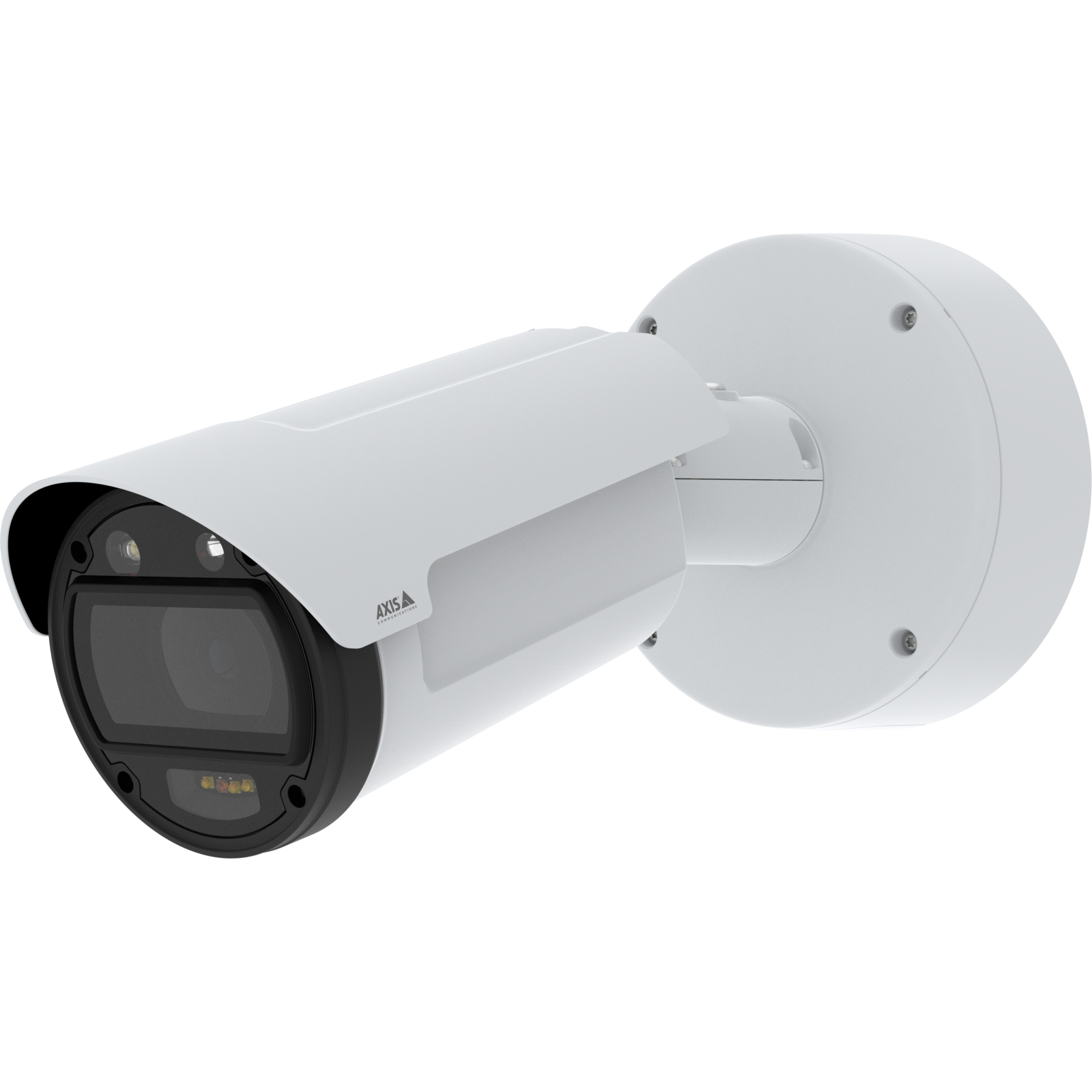Yes I know you can see that in the 4kt/x. But it's the sensor rather than the lens that's the issue. With a more sensitive sensor you could go to a narrower aperture lens and still get good dof. eg pairing a 1/1.2 with say a 1.6 aperture instead of 1.2 but as you point out, with the current sensors, you lose a lot of the advantage of the larger sensor by getting a very shallow dof.
This route is taken by some latest premium sport cameras / drones (mostly by DJI).
1" sensor with 1.6 - 1.8 constant aperture and highly optimized fixed lens for almost infinity dof.
But they needed that 1" to pack 48Mpx in Sony Quad Bayer configuration.
However, Sony's A7 camera line of sensors have been out for years and these can shoot video even in total darkness - search Yotuube for some videos by Philip Bloom and you'll find one for the A7 S unsure which mark off the top, on a Beach where you literally can't see your hand in front of
your own face, yet the camera when gained up, sees everything with remarkeable quality, low noise and dof. These sensors don't seem to be
EDIT: I found the video - shallow dof in some shots but good dof in others (he obviously must have played with aperture) - ps 1st mintue 10 sec or so are just filmic scene setting shots, rtahe than the proper low light stuff:
I rewatched this video three times...
And I must say - very disappointed..
All night scenes were with very very limited dof..
Almost all was taken with background with strong city or pier lights, which were blurred to give very artistic look.
Which looks very good. But this is no use as CCTV footage at all...
Noise level were low, there was no blur..
but dynamic range and colors not so good..
And we are talking about very post processed & post colored footage using advanced apps.
Source footage from camera without any processing is no use..
available to the CCTV market which is fair enough for Dahua / Hik etc they can only use what they have access to at a reasonable price. What I can't understand though is why a company such as eg Sony who I understand makes the sensors mentioned here, doesn't make the older version sensors available at a cheap price to the cctv market. When the newest camera is on mk iv, surely the Mkii sensor for example isn't in use anymore as I doubt Sony are selling them to anyone else to keep their advantage in the DSLR market, so why not sell them to the CCTV market for a low markup? Surely there's money to be made here when you've probably already covered your development costs through existing sales and the sensors are now redundent in your own line of cameras by manufacturing these, and if they cost say $20 a sensor to manufacture, vending them for $30 or $35 a sensor to cctv manufacuters in volume? Surely it's free money from an otherwise defunct manufacturing line with very little effort as you're not making the full camera. Same with the image processor which will also have moved on. Just sell it as a camera ready unit ie processor & sensor on a drop in board for a small markup and at a price that makes economical inclusion into CCTV possible. Volume sales should equal good profits from an otherwise defunct production line. Or am I missing something?
OMG... Many things...
1. You compare 2-5K USD DSLR to 150-200 USD cctv camera.. totally unfair...
we should compare Sony cam to top end Axis cam model with 4/3" sensor from Sony with 2-2.5K USD price tag.
This powerful camera delivers outstanding 4K and ultra-high light sensitivity. It’s available with a wide lens or a tele lens. Plus, with PoE out you can connect and power an additional device.

www.axis.com
2. cctv sensor requirements are different from other sensors - they are optimized to see IR.
SO You can't simply put sensor for mobile / sport / DSLR usage inside cam with IR...
We see that problem with Sony MX485 used in Hik/Dahua 8Mpx 1/1.2". They are no IR cam models with this sensor. Only white light.
3. Sony sells DSLR sensors - not the latest ones - but older models. All DSLR manufactures except Canon & Fuji (which both produce one ones), buys sensors from Sony. But I don't think that DSLR sensors cost 20-30$ - rather a few hundred USD.. And this is prohibited prices for cctv usage.
4. Western cctv companies (Axis, Avigilon, Bosch, Ubiquity) are using mostly Sony sensors. Chinese one (Hik, Dahua,
Uniview) 5 years ago were very depended on Sony sensors - but USA technology restrictions and availability / price differences moved Chinese companies to Chinese image sensor manufactures.
Watching actual technological war between USA and China - I don't think any big Chinese manufacturer will go back to use Western technology. They are very good at reverse engineering western tech. And copying & pasting (yes stealing) this tech for own use..
For example there are big rumors that China have working 4nm chip producing node tech. Which will allow them to produce comparable chips to TMSC (used by Apple, nVidia, AMD or Qualcomm) in next 1-2 years...
Sorry for the off topic rant, but if no-one ever mentions it, manufacturers will never question whether or not it's something they should look at. Maybe the CCTV manufacturers need to start putting the question to the chip manufacturers of why can't we access to a cheap line of very low light capable chips.
No problem, I'm very happy to discuss some more original / not typical posts on this forum






